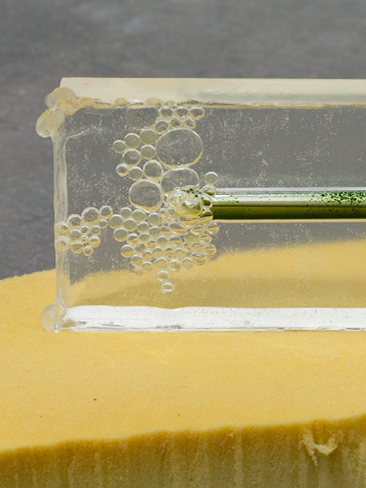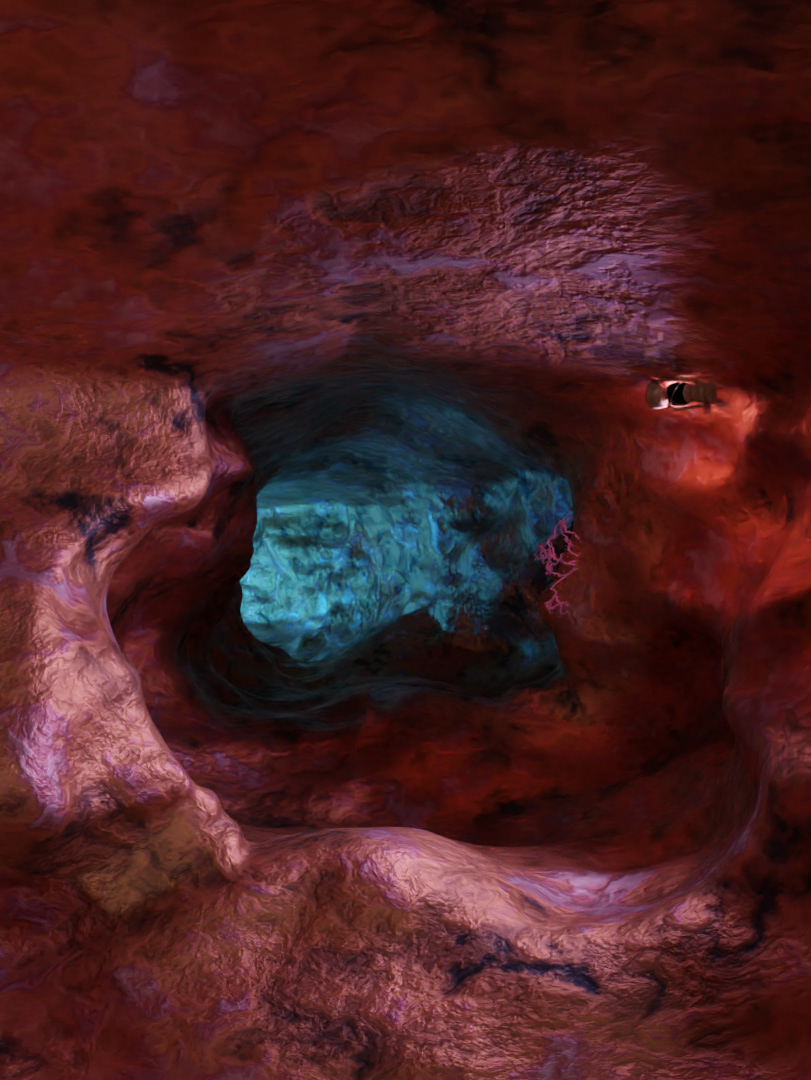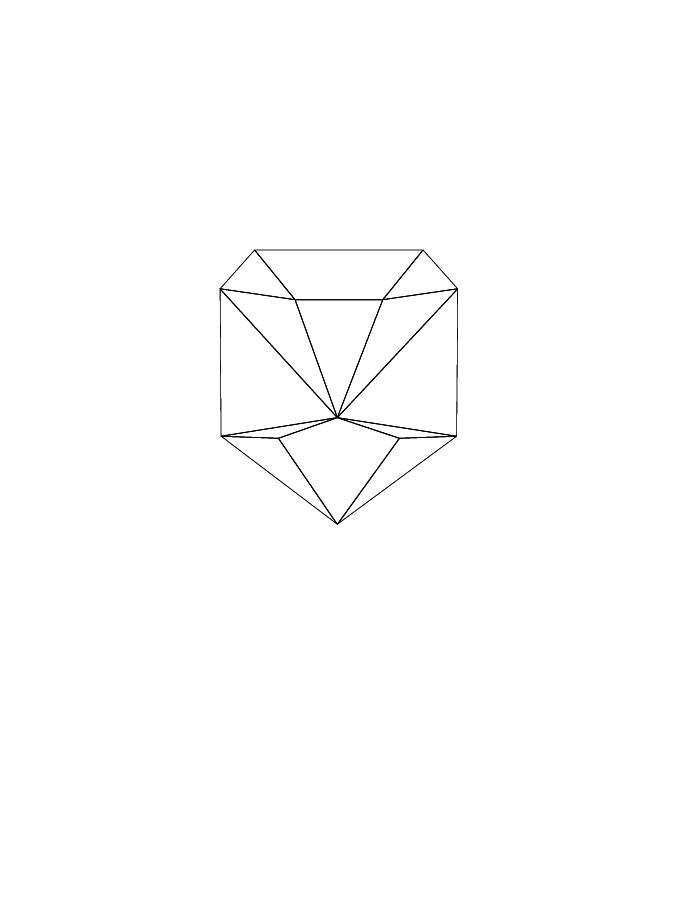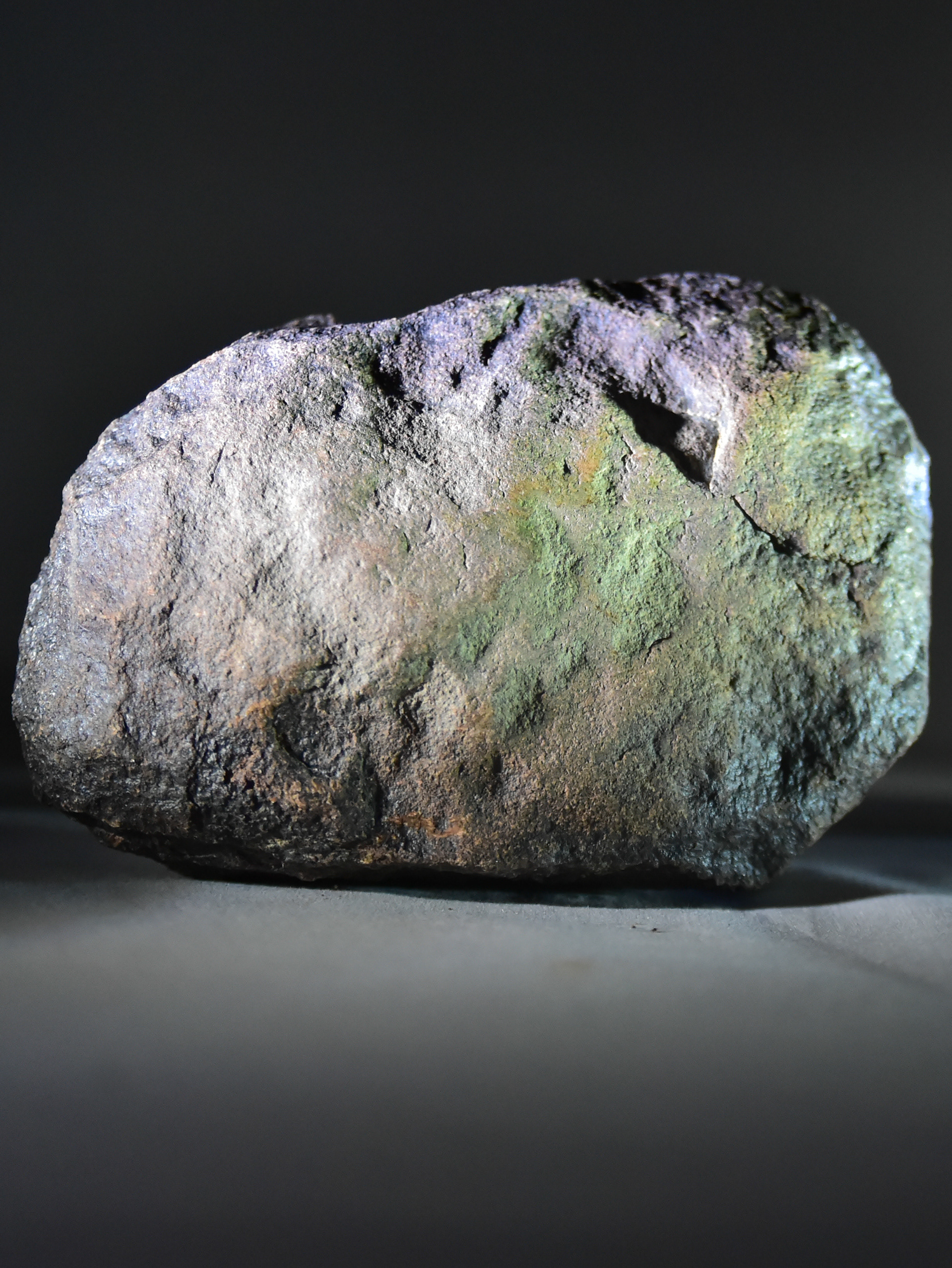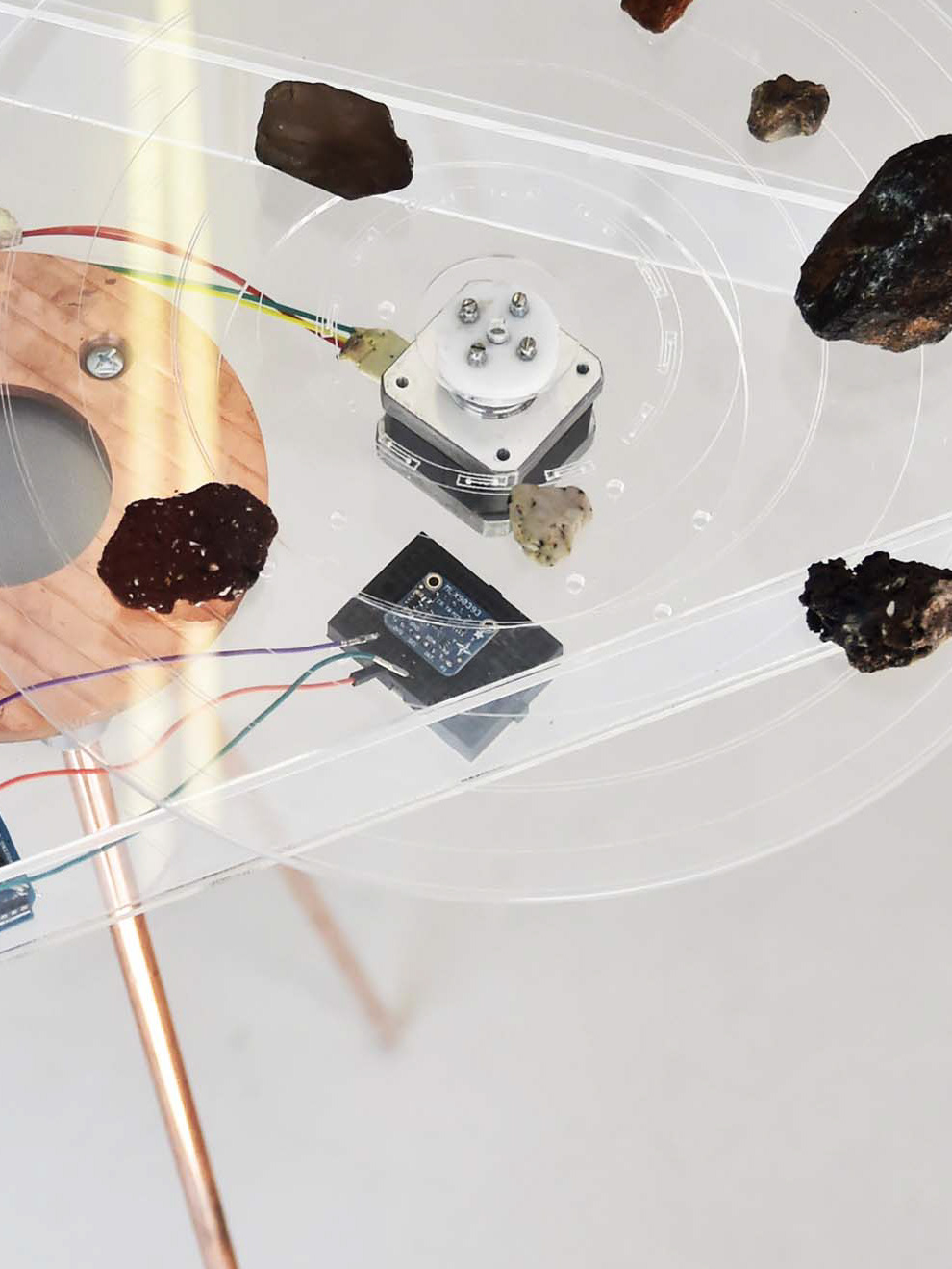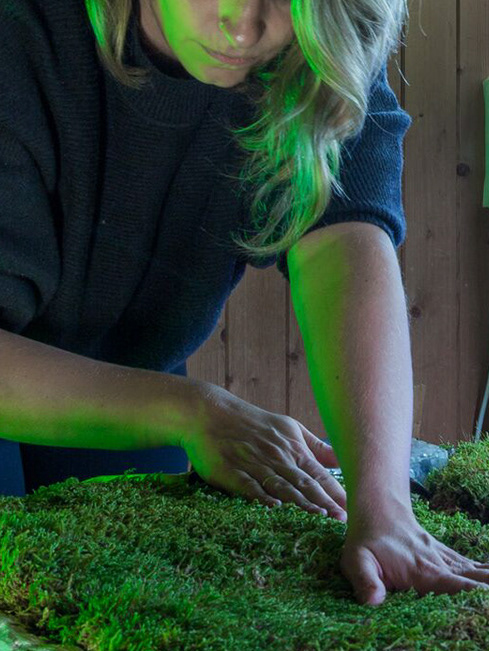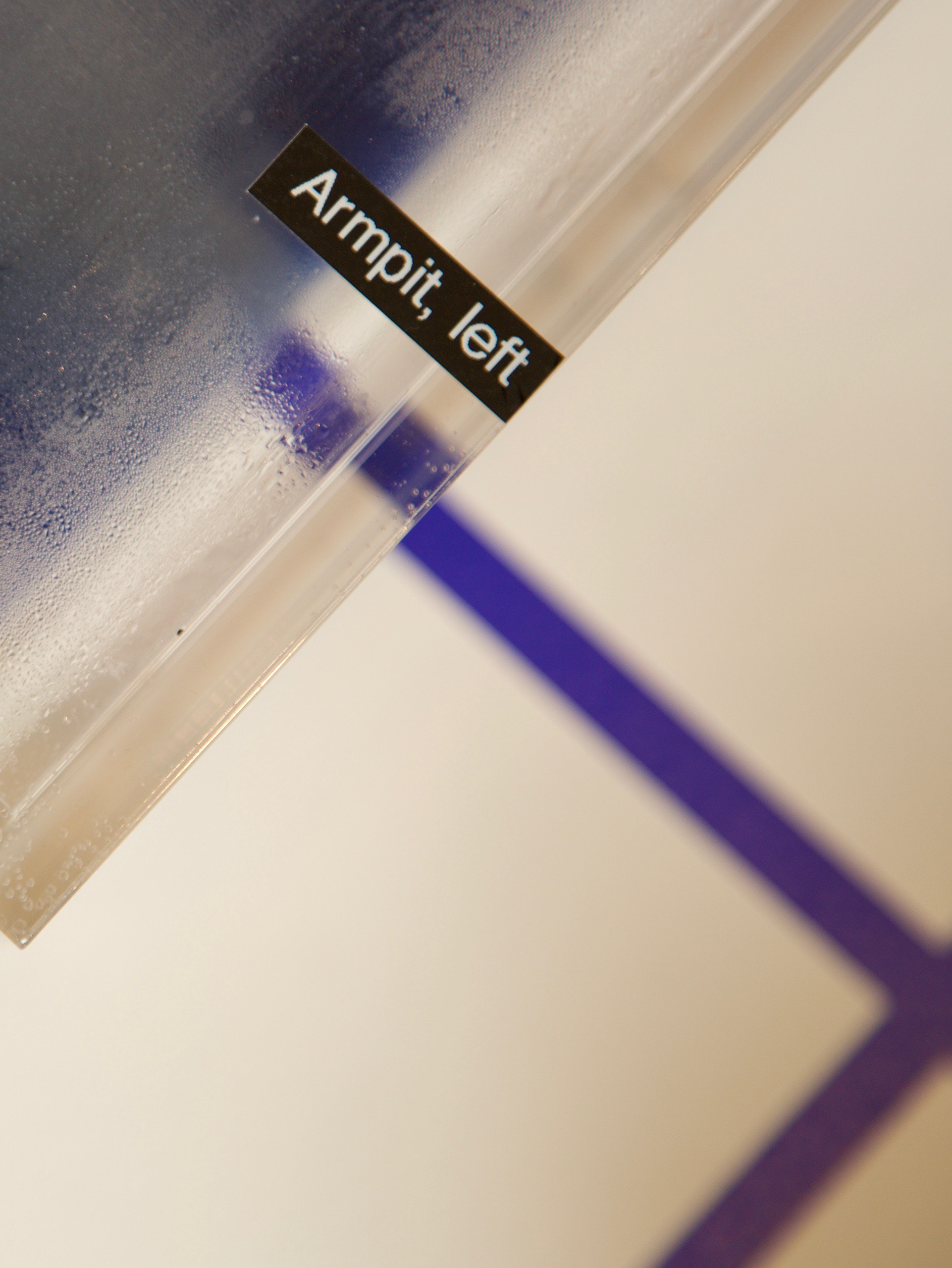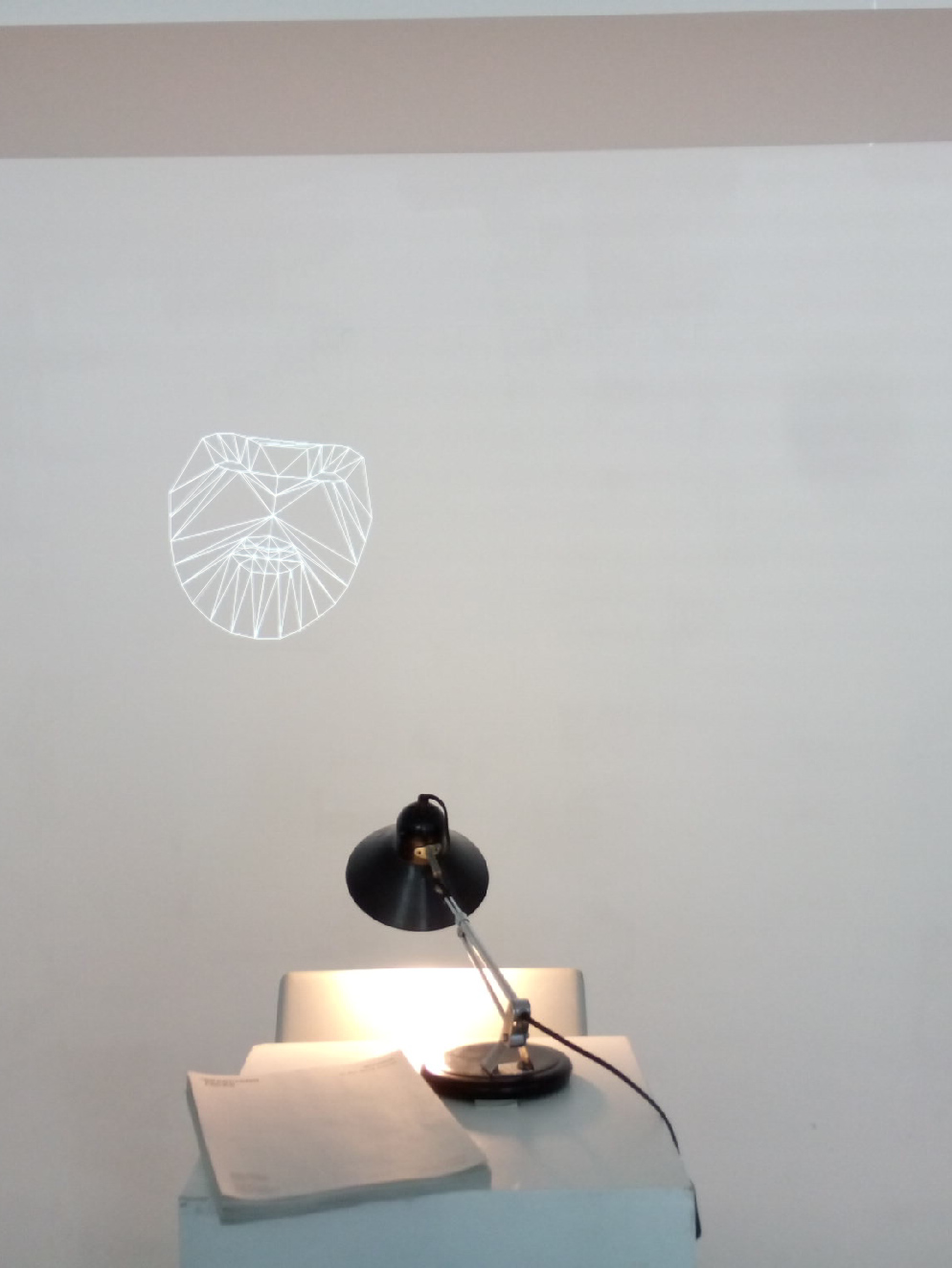The research behind Sugaarklang is situated within European pagan folklore and the processes of myth-making as psycho-cultural responses to social, climatic, and political uncertainty (Eliade, 1963; Barandiaran, 1979). The project examines how these ancestral narratives can converse with the contemporary disruption introduced by quantum computing, understood as a technological regime that reconfigures our notions of chance, destiny, and causality (Barad, 2007; Prigogine & Stengers, 1984).

Suarra - Dibulgazio servitzua www.suarra.com

Kreiva Ezpazioa - espaciokreiva.com
Sugaarklang is both an interactive sculpture and an audiovisual application inspired by the txalaparta and the pagan figure of Sugaar. It emulates a natural rain cycle while analysing a process of emergent listening and dialogue between two devices exposed to an unstable environment, resonating with theories of relational ontology and more-than-human communication (Haraway, 2003; Tsing, 2015). The project consists of:
Mikel Ugarte - Errenteriako Musika Eskolako Maisua eta Oreka Tx-ren kidea. Ekainak, 2025.
Mikel Ugarte eta Rocio Grau - Harrizko txalaparta jotzen. Ekainak, 2025.
Two embedded mobile devices running TxQapp, enabling bidirectional audiovisual communication activated by extreme weather, in line with contemporary explorations of technological mediation and glitch aesthetics (Menkman, 2011), reflecting the entanglement of material and atmospheric agencies (Parikka, 2015). A cultural-technological dialogue connecting Basque pagan folklore, quantum physics, and climate prediction systems.
Inspired by Sugaar, the Basque mythological serpent described by Barandiaran as a mediator between cosmic and earthly forces (Barandiaran, 1979), the piece explores the sonic —Klang— and rhythmic dimension of the txalaparta, a traditional instrument based on coordinated improvisation between two performers (Ibarretxe-Antuñano, 2002; Belzunce, 2015) under the rain drops. Its alternating structure, almost quantum in nature, oscillates between order and chaos, anticipation and indeterminacy (Borgo, 2005).
Visitors: Ama & Aita & Sameea.
The sculpture incorporates atmospheric phenomena such as rain, whose droplets act as seeds of randomness that trigger shared rhythmic and visual processes, echoing theories of complex systems and meteorological unpredictability (Prigogine & Stengers, 1984; Ingold, 2015). The emergent cadence arises from intra-actions between human performers and non-human agents within a meteorological ecosystem that fluctuates between sustained calm and extreme agitation (Haraway, 2016; Latour, 2014; Oliveros, 2010). In this dialogue, non-human elements seek to express themselves through spontaneity and an embrace of uncertainty as the threshold of change (Stengers, 2015). Through quantum listening (Oliveros, 2010) perception becomes an expanded relational field where attention, environment, and vibration co-shape each other.
Credits
Concept and sound interaction: Vanessa Lorenzo Toquero
Sound coaching: Mikel Uharte (Errenteria Musika Eskola & Oreka Tx)
Technical development: Beñat Castro & Vanessa Lorenzo Toquero
Residency and production: Tabakalera Medialab, 2025
Eskerrik asko Tabakalera eta Immaterial erausketa Sugaarklangen sormena laguntzeagatik. Argazkia: Tabakalera, Immaterial 2025
